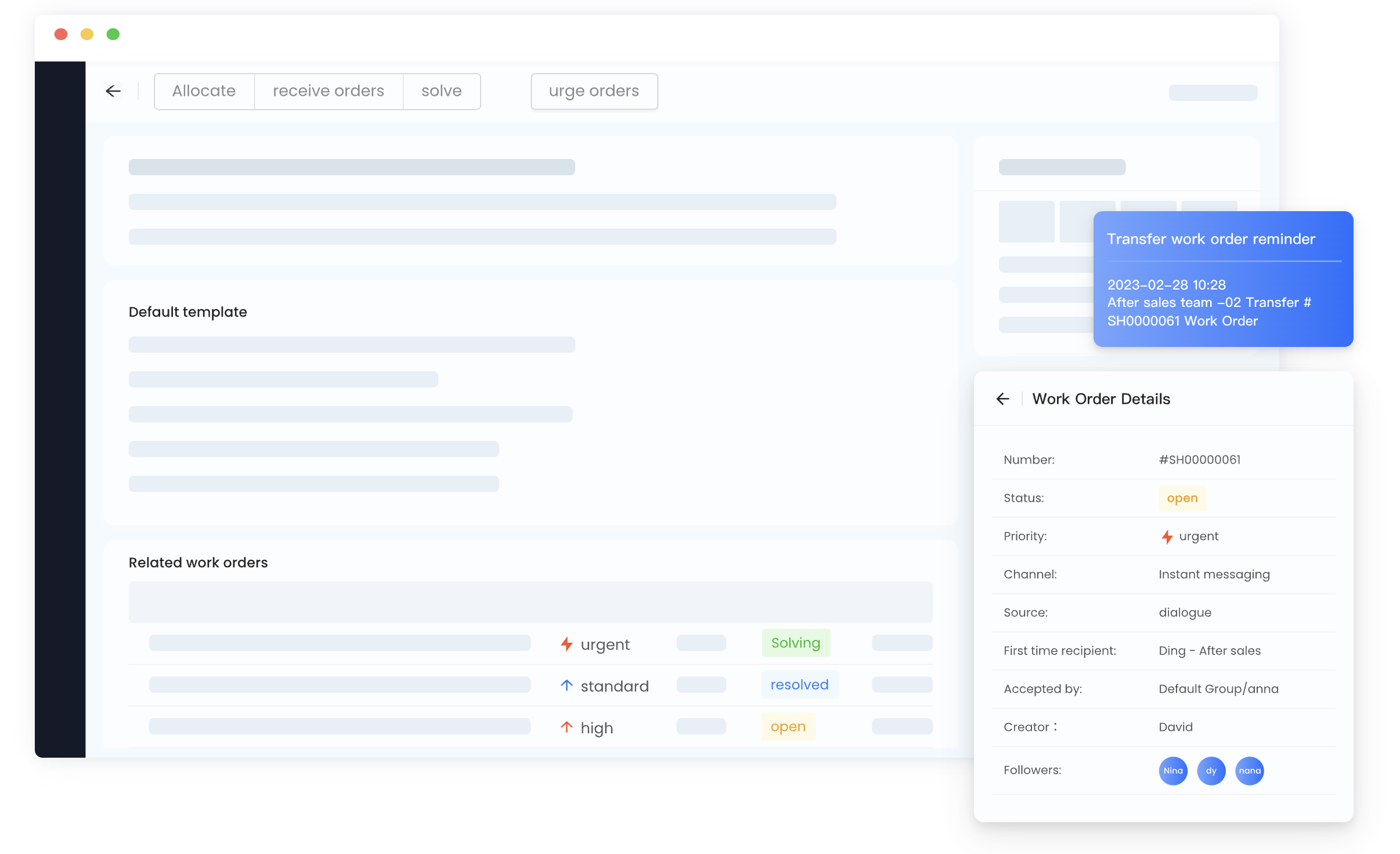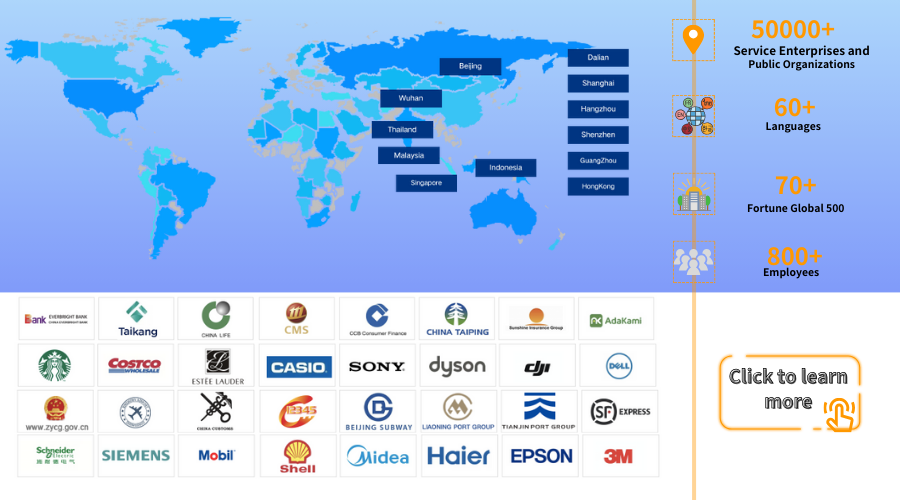Ticket Lifecycle Stages: From Identification to Resolution
Article Summary:Understanding the various stages of a ticket's lifecycle is crucial for optimizing support operations, ensuring timely resolution, and delivering exceptional customer experiences.
Table of contents for this article
- 1. Ticket Identification and Creation:
- 2. Ticket Triage and Prioritization:
- 3. Ticket Assignment and Investigation:
- 4. Resolution and Closure:
- 5. Customer Verification and Feedback:
- 6. Ticket Closure and Archiving:
- Udesk optimize ticketing for your team and customers with AI.
- Make Ticketing Easy
- Powerful Customization Capabilities
- 》》Take our Ticketing System for a spin—for free—to see how it can work for your business.
In the realm of customer support, tickets serve as the cornerstone of efficient issue tracking and resolution. These digital artifacts capture customer inquiries, concerns, and requests, providing a structured framework for support teams to manage and address them systematically. Understanding the various stages of a ticket's lifecycle is crucial for optimizing support operations, ensuring timely resolution, and delivering exceptional customer experiences.
1. Ticket Identification and Creation:
The journey of a ticket begins with its identification and creation. This initial stage involves capturing the customer's issue or request through various channels, such as phone calls, emails, online forms, or social media platforms. Support agents play a vital role in accurately understanding the customer's needs, gathering relevant information, and creating a ticket that clearly outlines the problem or query.
2. Ticket Triage and Prioritization:
Once a ticket is created, it enters the triage and prioritization stage. This critical step involves analyzing the ticket's content, identifying its severity, and assigning an appropriate priority level. Support teams often employ predefined criteria to categorize tickets based on factors like urgency, impact, and customer type. Triage ensures that tickets are routed to the most suitable support agents or teams, expediting the resolution process.
3. Ticket Assignment and Investigation:
After triage and prioritization, the ticket is assigned to a support agent or team with the necessary expertise to address the issue effectively. The assigned agent initiates the investigation phase, gathering additional information, analyzing logs, and conducting necessary diagnostics to pinpoint the root cause of the problem. This stage requires technical proficiency, problem-solving skills, and attention to detail to ensure accurate diagnosis and resolution.
4. Resolution and Closure:
The resolution stage marks the pivotal moment when the support agent provides a solution to the customer's issue or fulfills their request. This can involve providing step-by-step instructions, applying technical fixes, or escalating the ticket to a higher level of support if required. Once the issue is resolved, the ticket is updated with the resolution details, and the customer is notified of the outcome.
5. Customer Verification and Feedback:
Following resolution, the ticket enters the customer verification and feedback stage. The support agent reaches out to the customer to confirm that the issue has been resolved to their satisfaction. This step is crucial for ensuring customer delight and identifying any lingering concerns. Additionally, customers are often encouraged to provide feedback on their support experience, which helps organizations improve their processes and enhance overall customer satisfaction.
6. Ticket Closure and Archiving:
The final stage of the ticket lifecycle is closure and archiving. Once the customer confirms satisfaction with the resolution, the ticket is closed and archived for future reference. Archiving tickets allows support teams to maintain a historical record of customer interactions, enabling them to identify trends, analyze performance metrics, and improve their knowledge base.
The ticket lifecycle, encompassing stages from identification to resolution, provides a structured framework for managing and resolving customer issues efficiently. By understanding each stage and implementing best practices, support teams can streamline their operations, enhance resolution times, and deliver exceptional customer experiences. Continuous monitoring, performance analysis, and customer feedback play a vital role in optimizing the ticket lifecycle, ensuring that organizations consistently meet and exceed customer expectations.
Udesk optimize ticketing for your team and customers with AI.
Udesk help you enhance resolution of complex issues swiftly through AI-optimized ticketing, fostering seamless team collaboration and providing real-time customer updates.

Make Ticketing Easy
Simplify And Streamline Ticket Management Across All Channels For Efficient And Comprehensive Resolution
Across Channels: Udesk centralize and oversee all support-related communications across multiple channels through a unified platform.
SLA Management: Udesk efficiently manage SLAs by setting customized deadlines for ticket response and resolution, tailored to diverse business hours or specific categories.
Intelligent Assignment: Udesk automatically assign tickets to agents leveraging intelligent algorithms, considering factors such as current workload, skills, or utilizing the round-robin method for equitable distribution.
Shared Ownership: Udesk collaborate effectively by sharing ticket ownership across teams while maintaining progress visibility.
Powerful Customization Capabilities
Tailor your workflows, customer portal, agent roles, and other elements to personalize your helpdesk, making it uniquely yours.
Ticket Forms: Tailor ticket forms to gather essential business information by adding and customizing form fields.
Work Flow: Powerful and flexible workflow engine for executing business-specific processes with ease.
Customize Agent Roles: Provide distinct permissions for access and actions based on the roles and responsibilities of agents.
Integrated Your System: Integrate effortlessly with workflows or craft custom integrations using the canvas kit in Intercom's UI.
If you are looking for an effective and easy-to-use ticketing solution, trying Udesk. I believe it can help take your support operations to the next level.
》》Take our Ticketing System for a spin—for free—to see how it can work for your business.
The article is original by Udesk, and when reprinted, the source must be indicated:https://www.udeskglobal.com/blog/ticket-lifecycle-stages-from-identification-to-resolution.html
Customer Ticketing SystemTicketingTicketing Software

 Customer Service& Support Blog
Customer Service& Support Blog



